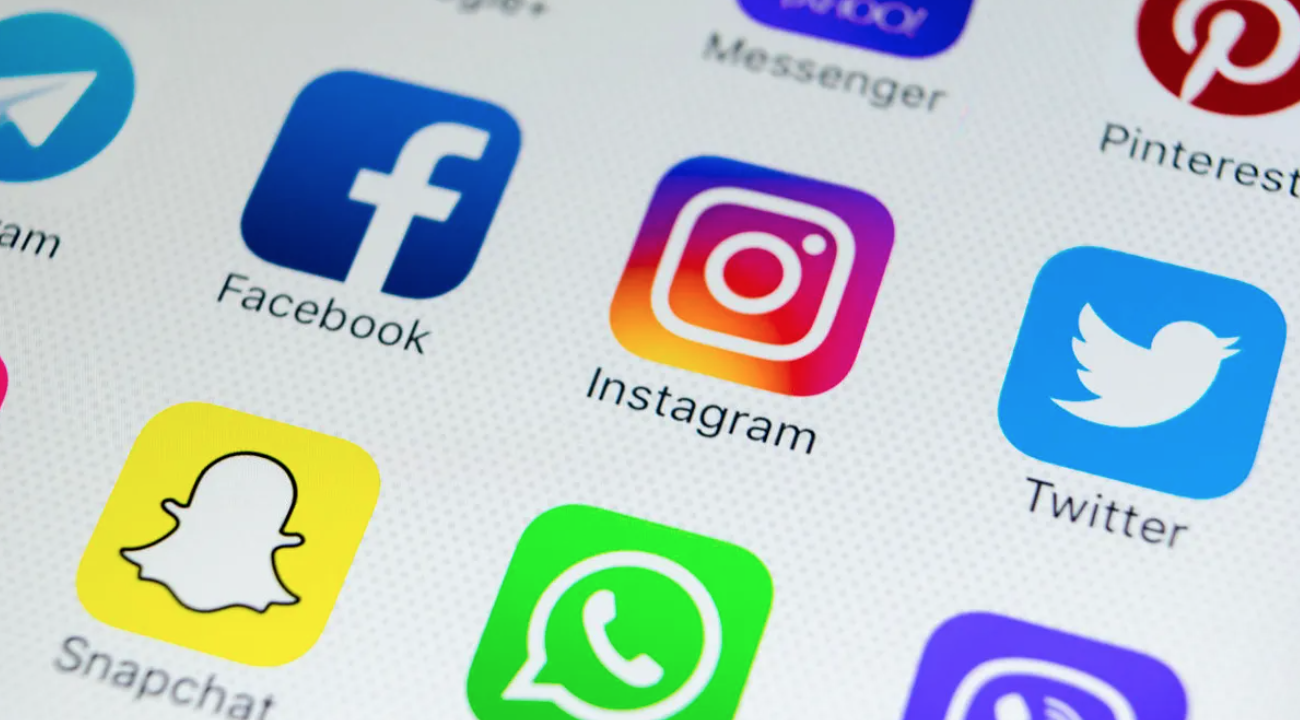By John Vantine
Earlier this year, Amazon once again found itself at the center of a privacy-focused controversy stemming from the methods by which its smart doorbell division, Ring, shares customer data with law enforcement.[1] In a letter sent to Senator Edward Markey on July 1, 2022, the company disclosed that it provided footage from customers’ Ring doorbells to law enforcement agencies without a warrant or consent on eleven occasions through the first six months of 2022.[2]
Ring has a history of aiding law enforcement efforts through its Neighbors Public Safety Service (“NPSS”) service.[3] NPSS offers the Neighbors by Ring application (“Neighbors”), which “provides local public safety agencies with a tool to help them better engage with and inform the communities they serve.”[4] The app is available to “every community member, which includes fire departments, police departments, and sheriff’s offices.”[5] As of July 1st, 2022, 2,161 law enforcement agencies and 455 fire departments enrolled in NPSS nationally.[6] NPSS and Neighbors have drawn scrutiny in previous years for policies some believed to be contrary to the Fourth Amendment’s privacy and warrantless search protections.[7] In response, Ring approached the Policing Project at NYU Law in 2020 to conduct an audit of their policies and work with law enforcement, with a particular focus on NPSS.[8] Following the audit, Ring “implemented over one hundred changes to its products, policies, and legal practices.”[9] The changes included the introduction of “Request(s) for Assistance,” public posts on Neighbors by verified NPSS public safety agents seeking footage that community members may voluntarily submit.[10] The Request for Assistance function was implemented in response to concerns that law enforcement officials were neglecting warrant processes by directly emailing Neighbors’ users to request footage.[11] However, Ring can sometimes manage footage requests from police differently in emergencies.[12]
The U.S. federal criminal code permits the voluntary disclosure of customer communications and records to law enforcement, without a warrant or consent, if they believe, in good faith, “that an emergency involving danger of death or serious physical injury to any person requires disclosure without delay of information relating to the emergency.”[13] In its July 1, 2022 letter to Senator Markey, Amazon confirmed that Ring reserves the right to adhere to this standard.[14] It also clarified that all eleven instances in the first half of 2022 in which customer footage was shared with law enforcement without warrants were deemed by the company to be in compliance with the law.[15] Ring was unwilling to share information from where and from which agencies these eleven emergency requests came.[16] However, the company did share that they “include cases involving kidnapping, self-harm and attempted murder.”[17]
Despite the apparent urgency of such emergency requests, skepticism about Ring’s relationship with law enforcement remains. Analysts from the Electronic Frontier Foundation point to the current review process, where no judge or Ring device owner determines whether an emergency occurred as a potential gateway to abuse by law enforcement.[18] Concerns persist that officers and agencies may be tempted to submit emergency requests in situations that do not warrant such drastic action.[19]
Whether you feel that Ring is infringing on privacy rights by cooperating with law enforcement or not, the company’s situation is sure to play a role in shaping the framework of tech-related privacy regulations moving forward.
[1] Alyssa Lukpat, Amazon’s Ring Gave Surveillance Footage to Authorities 11 Times This Year Without User Consent, Wall St. J. (July 14, 2022, 3:24 PM), https://www.wsj.com/articles/amazons-ring-gave-surveillance-footage-to-authorities-11-times-this-year-without-user-consent-11657823542.
[2] Id.
[3] RING & NEIGHBORS PUBLIC SAFETY SERVICE: A CIVIL RIGHTS & CIVIL LIBERTIES AUDIT, Policing Project NYU School of Law, https://www.policingproject.org/ring (last visited Dec. 2, 2022).
[4] Neighbors Public Safety Service, Ring, https://ring.com/neighbors-public-safety-service (last visited Dec. 2, 2022).
[5] Id.
[6] Letter from Brian Huseman, Vice President, Public Policy, Amazon.com, Inc., to Edward Markey, Senator, United States Senate, 4 (July 1, 2022), https://www.markey.senate.gov/imo/media/doc/amazon_response_to_senator_markey-july_13_2022.pdf.
[7] See Yesenia Flores, Bad Neighbors? How Amazon’s Ring Video Surveillance Could be Undermining Fourth Amendment Protections, Cal. L. Rev. Online (June 2020), https://californialawreview.org/amazon-ring-undermining-fourth-amendment/; Grace Egger, Ring, Amazon Calling: The State Action Doctrine & The Fourth Amendment, 95 Wash L. Rev. Online 245 (2020).
[8] Policing Project NYU School of Law, supra note 2.
[9] Id.
[10] Ring, Ring Launches Request for Assistance Posts on the Neighbors App, Ring (June 3, 2021), https://blog.ring.com/products-innovation/ring-launches-request-for-assistance-posts-on-the-neighbors-app/.
[11] Ry Crist, Ring, Google, and the Police: What to Know About Emergency Requests for Video Footage, CNET (July 26, 2022, 11:37 AM), https://www.cnet.com/home/security/ring-google-and-the-police-what-to-know-about-emergency-requests-for-video-footage/.
[12] See id.
[13] 18 U.S.C. § 2702(b).
[14] Huseman, supra note 6.
[15] Id.
[16] Crist, supra note 11.
[17] Id.
[18] Jason Kelley & Matthew Guariglia, Ring Reveals They Give Videos to Police Without User Consent or a Warrant, Electronic Frontier Foundation (July 15, 2022), https://www.eff.org/deeplinks/2022/07/ring-reveals-they-give-videos-police-without-user-consent-or-warrant.
[19] Id.

Image Source: https://www.vice.com/en/article/bjw9e8/inside-rings-quest-to-become-law-enforcements-best-friend









